-
main-collection-product-grid
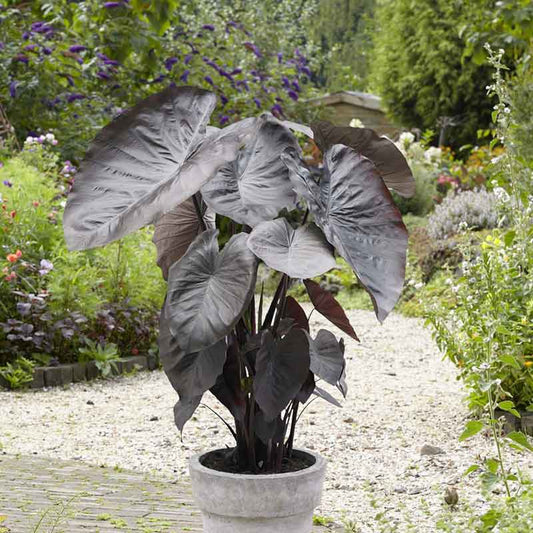
Elephant Ear Bulbs - Jumbo Diamond Head
Our largest elephant ear with elongated obsidian leaves have a commanding presenceSaleElephant Ear Bulbs - Jumbo Diamond Head
Our largest elephant ear with elongated obsidian leaves have a commanding presenceRegular price As Low As $25.59Regular priceUnit price per$31.99Sale price As Low As $25.59Sale -
main-collection-product-grid
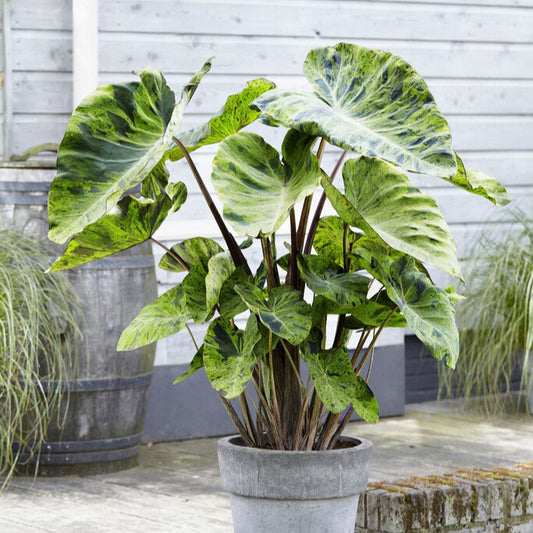
Elephant Ear Bulbs - Mojito
Speckled green leaves provide a refreshing break from a monotonous landscapeElephant Ear Bulbs - Mojito
Speckled green leaves provide a refreshing break from a monotonous landscapeRegular price As Low As $21.99Regular priceUnit price per -
main-collection-product-grid
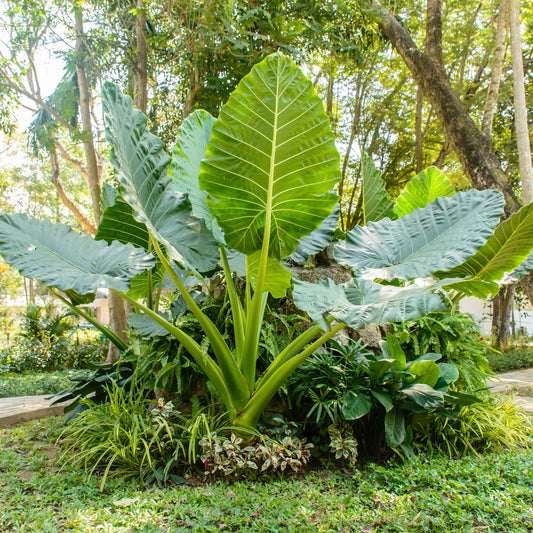
Upright Elephant Ear Bulbs - Jumbo
Impressive ornamentals that can grow up to 10 feet tallUpright Elephant Ear Bulbs - Jumbo
Impressive ornamentals that can grow up to 10 feet tallRegular price As Low As $32.99Regular priceUnit price per -
main-collection-product-grid
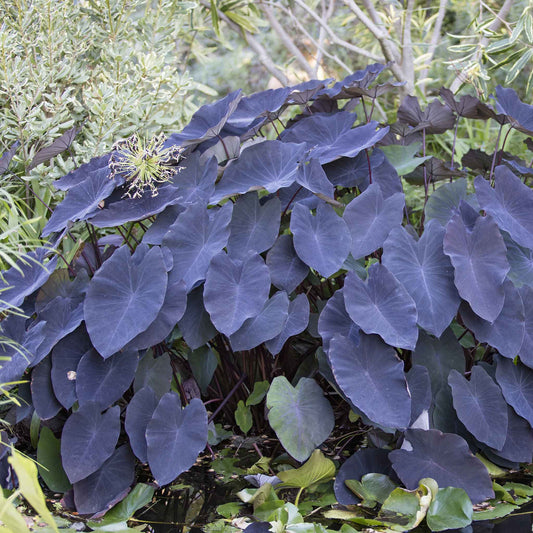
Elephant Ear Bulbs - Black Magic
These inky blooms are spellbinding and surprising in the gardenElephant Ear Bulbs - Black Magic
These inky blooms are spellbinding and surprising in the gardenRegular price As Low As $22.99Regular priceUnit price per -
main-collection-product-grid
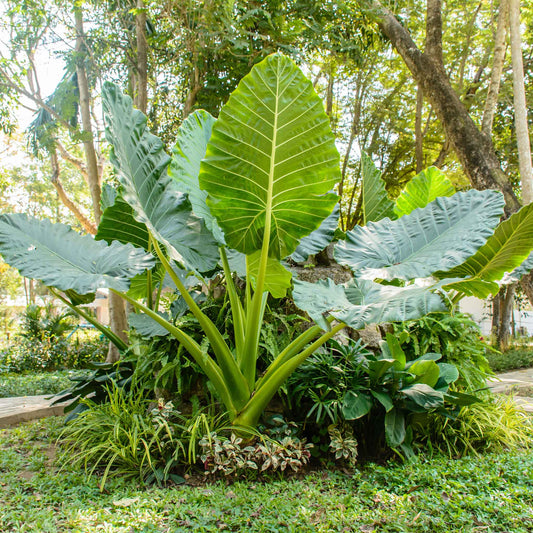
Upright Elephant Ear Bulbs
These arrowhead-shaped leaves are forever stuck in sun salutationUpright Elephant Ear Bulbs
These arrowhead-shaped leaves are forever stuck in sun salutationRegular price As Low As $21.99Regular priceUnit price per -
main-collection-product-grid
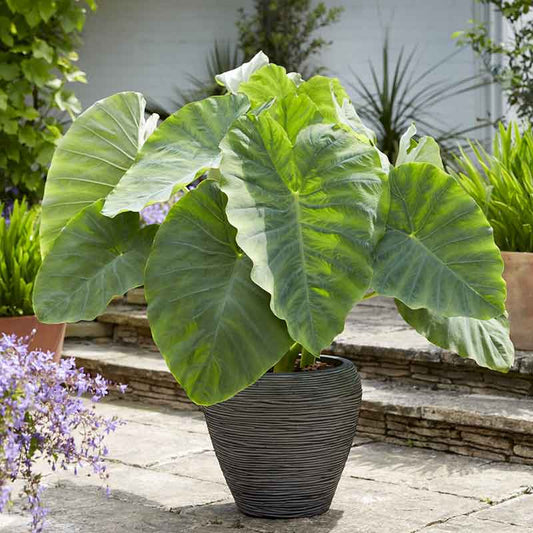
Elephant Ear Bulbs - Jumbo
Massive heart-shaped leaves that make a statement in any landscapeElephant Ear Bulbs - Jumbo
Massive heart-shaped leaves that make a statement in any landscapeRegular price As Low As $21.99Regular priceUnit price per -
main-collection-product-grid
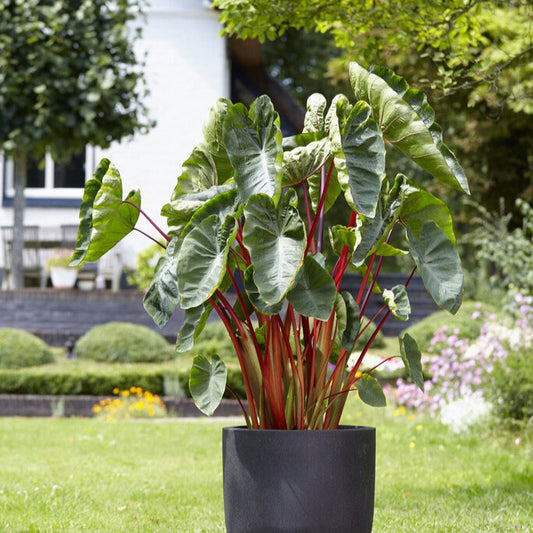
Elephant Ear Bulbs - Hawaiian Punch
Bright pink stems are equally as striking as its green heart-shaped leavesElephant Ear Bulbs - Hawaiian Punch
Bright pink stems are equally as striking as its green heart-shaped leavesRegular price As Low As $21.99Regular priceUnit price per -
main-collection-product-grid
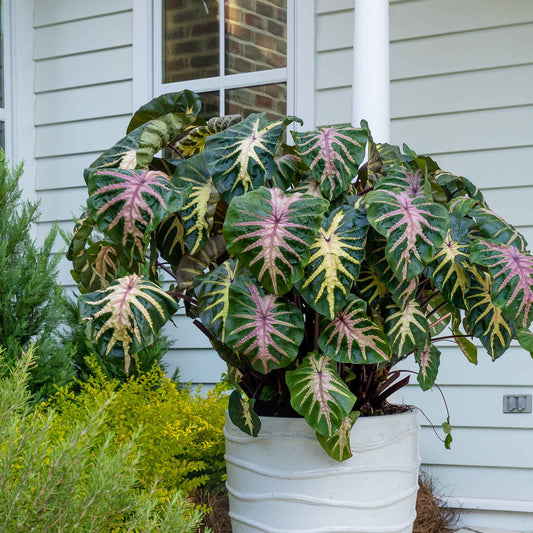
Elephant Ear Bulbs - Royal Hawaiian® Waikiki
Recognized as an All-American Selections winner for 2023Out of StockElephant Ear Bulbs - Royal Hawaiian® Waikiki
Recognized as an All-American Selections winner for 2023Regular price As Low As $31.99Regular priceUnit price per -
main-collection-product-grid
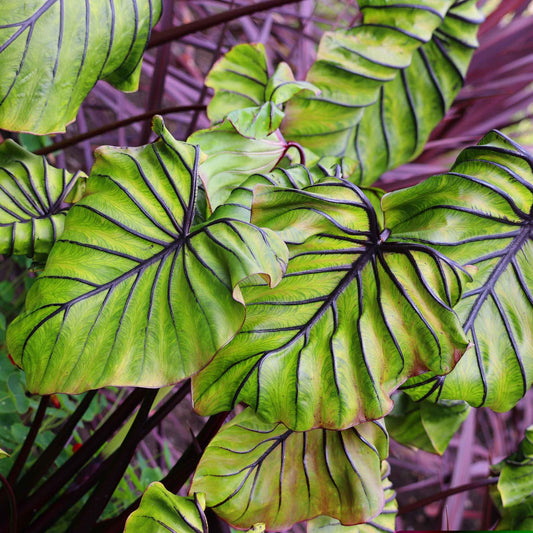
Elephant Ear Bulbs - Pharoah's Mask
Dark purple veins stand above glossy leaves creating an unusual architectural lookElephant Ear Bulbs - Pharoah's Mask
Dark purple veins stand above glossy leaves creating an unusual architectural lookRegular price As Low As $52.99Regular priceUnit price per -
main-collection-product-grid
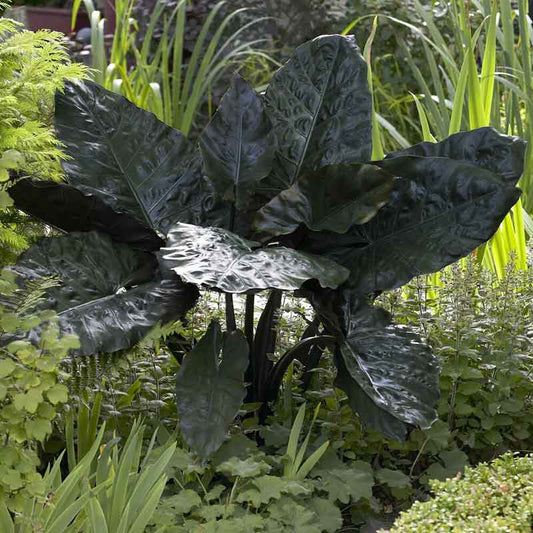
Elephant Ear Bulbs - Plumbea Nigra
An elegant variety with tips pointing skywardSaleElephant Ear Bulbs - Plumbea Nigra
An elegant variety with tips pointing skywardRegular price As Low As $25.59Regular priceUnit price per$31.99Sale price As Low As $25.59Sale -
main-collection-product-grid

Elephant Ear Bulbs - Hilo Beauty
Heart-shaped leaves with an eye-catching, 3D appearanceOut of StockElephant Ear Bulbs - Hilo Beauty
Heart-shaped leaves with an eye-catching, 3D appearanceRegular price As Low As $28.79Regular priceUnit price per$31.99Sale price As Low As $28.79Out of Stock -
main-collection-product-grid

Elephant Ear Bulbs - Aloha
May be grown as pond marginals in up to six inches of standing waterSaleElephant Ear Bulbs - Aloha
May be grown as pond marginals in up to six inches of standing waterRegular price As Low As $22.39Regular priceUnit price per$31.99Sale price As Low As $22.39Sale
Growing elephant ears in your garden
- 12 elephant ear bulb varieties
- Easy to grow and maintain
- Jumbo and upright varieties available
- Provide a bold, tropical effect in nearly any landscape setting
The biggest and best elephant ear bulbs available
One look at an adult elephant ear plant and it is plain to see where the name comes from. These impressive plants are perfect for making grand statements in almost any yard. Often serving as focal points or creating lush, tropical gardens, elephant ears have been a fan favorite for many years. They can even be planted in pots and grown indoors under the right conditions.
Elephant ears are tropical perennial plants that are native to Asia, Australia, Central America, South America, and Africa. These exotic, dramatic plants have giant heart-shaped leaves that can reach up to three feet long and two feet wide. Certain varieties of elephant ears can grow up to 10 feet tall! In warm zones (zone 8 and above) they can be left in the ground as a perennial. Cooler zones must treat them as annuals, or store elephant ears indoors during the colder months until the following spring.
When to plant elephant ear bulbs
Elephant ears should be planted in the spring, after all danger of frost has passed. These tubers do not like the cold, so be sure that the soil is warm (at least 65°F). When selecting a planting site, there a few factors to keep in mind. Elephant ears need plenty of room to grow and spread out. An adult elephant ear plant will need at least three feet of space to properly develop. Look for an area with filtered sun or partial shade. Be sure to protect elephant ears from hot, bright sun. Select an area with rich, well-draining soil. Soil can be improved by adding compost or loamy topsoil.
Your guide to caring for elephant ear plants
After you have planted your elephant ears, be sure to mark the spot, as they can be slow to start. Be sure to water frequently. Liquid fertilizer is also a beneficial addition every two to three weeks. Trim any faded or brown leaves to encourage new growth.
For more information about planting, growing, and caring for elephant ear bulbs, see the Elephant Ear Bulbs Planting Guide.











